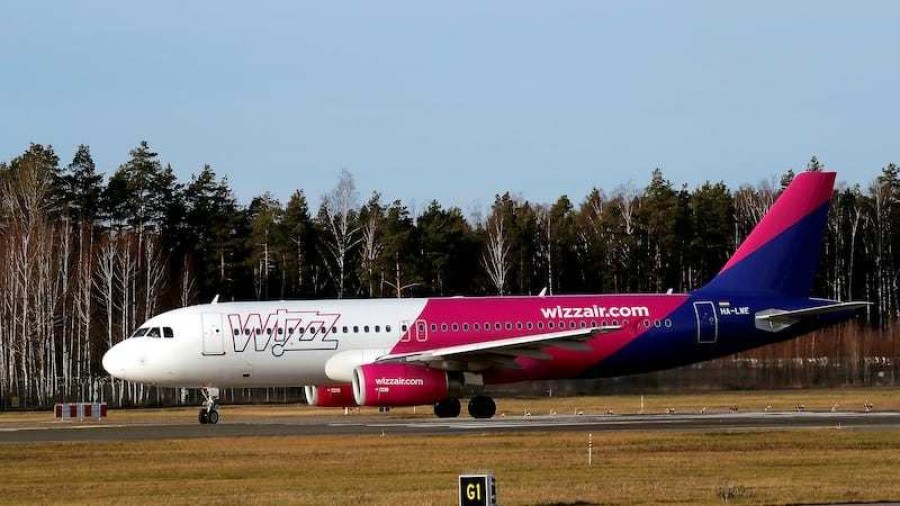Saudi Arabia Tourism Set for Take Off as More Airlines Announce New Routes

Wizz Air has announced a new service from London to Jeddah, making it the first budget airline to directly connect the UK and Saudi Arabia.
Flights from London Gatwick to the port city on the kingdom’s Red Sea coast begin on March 1 and tickets, costing £134.99 ($176) for a one-way trip, are already on sale. The seven-hour flight, the longest operated by any low-cost airline in the UK, will operate daily via Wizz Air’s new Airbus A321.
The news comes a week after Virgin Atlantic announced a new daily route from Heathrow to Riyadh starting on March 30. And British Airways revealed in May that it will be resuming flights to Jeddah from London Heathrow in November, after a five-year hiatus.
A report released by travel industry data platform OAG on Wednesday ranked Riyadh as the 42nd most connected airport in the world, moving it up six places since last year.
Cathay Pacific, meanwhile, announced in June that flights from Hong Kong to Riyadh will start in October and operate three times a week. In April, China Eastern became the first Chinese airline to launch a scheduled service to Saudi Arabia, with three direct flights a week from Shanghai to Riyadh.
Saudi Arabia is also one of the most popular destinations for UAE travellers, thanks to tourists and commuters. Emirates added more services to Saudi Arabia earlier this year and now operates 72 weekly flights, including 22 to Dammam, 21 to Jeddah and Riyadh, and eight to Madinah.
Etihad Airways has been flying from Abu Dhabi to Saudi Arabia for 20 years. It operates 81 weekly flights, including 28 to Riyadh and Jeddah, 21 to Dammam and, since June, four to Al Qassim.
Another new route started last week when Saudi airline Flynas began two new Sharjah services. The budget airline is now flying to Sharjah seven times a week from Jeddah and twice from Madinah.
An eye on India and beyond
India is also getting in on the act. On Wednesday, Air India Express launched a direct weekly flight from Thiruvananthapuram to Riyadh.
In June, Akasa Air began operations from Riyadh. The Indian airline has since added non-stop flights between Mumbai and Ahmedabad to Jeddah. Meanwhile, low-cost airline IndiGo will begin direct daily flights between Bengaluru and Jeddah from September 30.
“Jeddah will be connected to six destinations in India via 49 IndiGo flights a week,” said Vinay Malhotra, IndiGo's head of global sales.
It means that there are now more than 330 direct flights a week between India and Saudi Arabia, operated by eight different airlines.
The rapidly improving connectivity will support Saudi Arabia’s goal of attracting 7.5 million Indian visitors a year by 2030. It is an ambition bolstered this week by the launch of a tourist campaign specifically for the Indian market.
According to Alhasan Aldabbagh, president of APAC Markets at Saudi Tourism Authority, 1.6 million Indians travelled to Saudi in 2023. “India holds an incredibly special place in our hearts and we are committed to making India the number one source market by 2030,” he said.
Earlier this week, the country also launched an international campaign called This Land is Calling. Saudi Arabia opened its doors to wide-scale tourism in 2019 and development since then has been rapid, led by the Red Sea, Neom City and AlUla projects and boosted by new visa initiatives.
New luxury resorts and hotels have opened across the country, including the most expensive hotel in the region, and many more are in the pipeline under the country's Vision 2030 initiative.
In 2023, Saudi Arabia’s travel sector was worth $17 billion, reflecting a 16 per cent increase on the previous year. That growth has continued this year.
